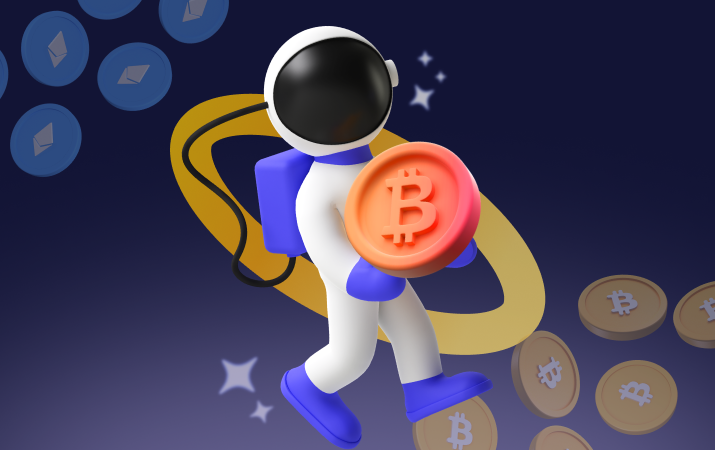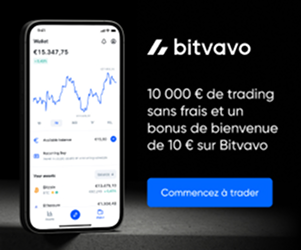If you want to buy Ripple, it's best to open an account with one of the various payment service providers such as bitfinex, Kraken or bitstamp. After depositing the corresponding sum of money (by bank transfer or credit card, for example), Ripple coins can now be purchased. The balance of the corresponding account is then stored in the network, and the owner can sell the cybercurrency after a certain period of time and have the balance paid into his or her private account.
Buying real Ripple for your own wallet
A wallet is an electronic purse that can be compared to a checking account: with a wallet, you can make transfers and receive digital money. Fees are generally very low. For those who don't want to leave their coins on the exchange market, it's possible to use an online wallet, for example from Gatehub. This provider is also recommended by Ripple itself, but it's of course up to each individual to decide where they store their crypto-currencies. Registration requires the entry of an e-mail address and a password.
For users who fear that Exchanger or online wallets could be attacked by hackers, it is possible to use the Rippex desktop wallet. This is a complete desktop client for Ripple.
But beware: here too, there is a risk of losing Ripple, particularly if users forget their private key.
Certificates on Ripple
Meanwhile, the first issuers have also launched Ripple certificates on the market. For example, as an investor, you can buy a Ripple open participation certificate from Vontobel. This is also a derivative. This means investors don't acquire a "real" Ripple coin, but the certificate simply replicates Ripple's performance.
You can also invest in Ripple with mini-futures and profit from Ripple's performance using structured products. Vontobel, for example, offers a wide range of mini futures contracts on Ripple.







